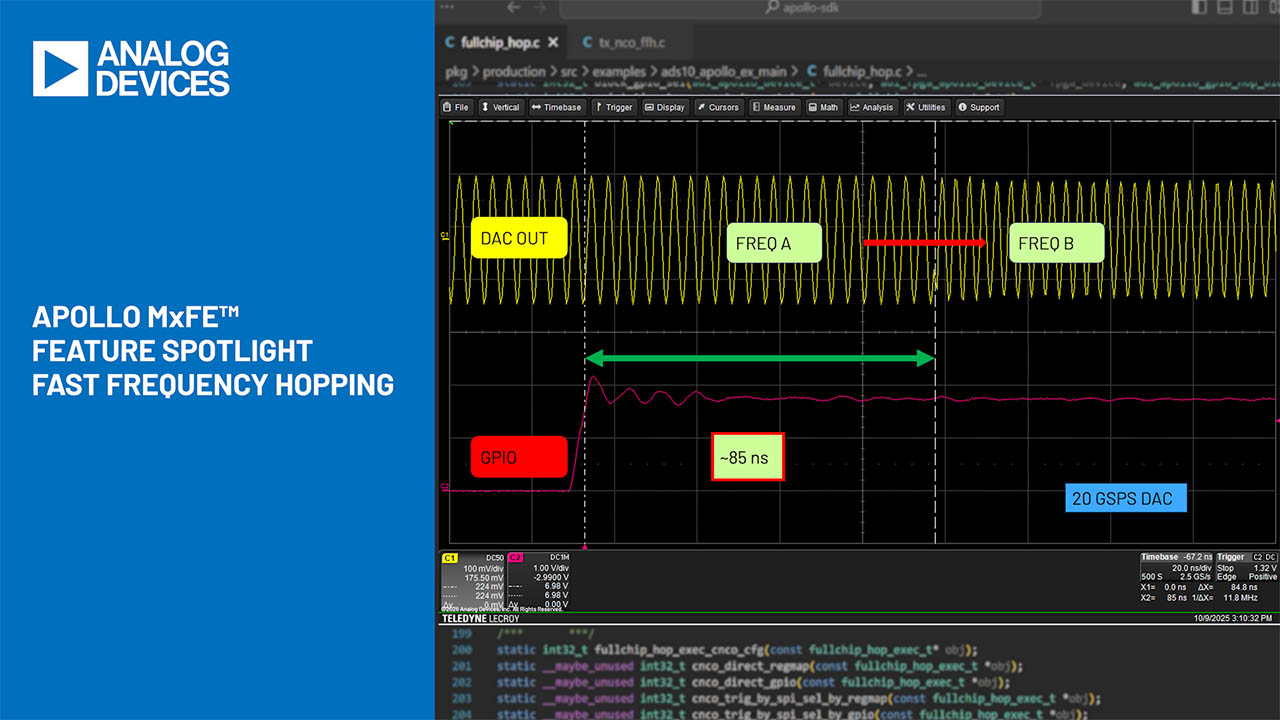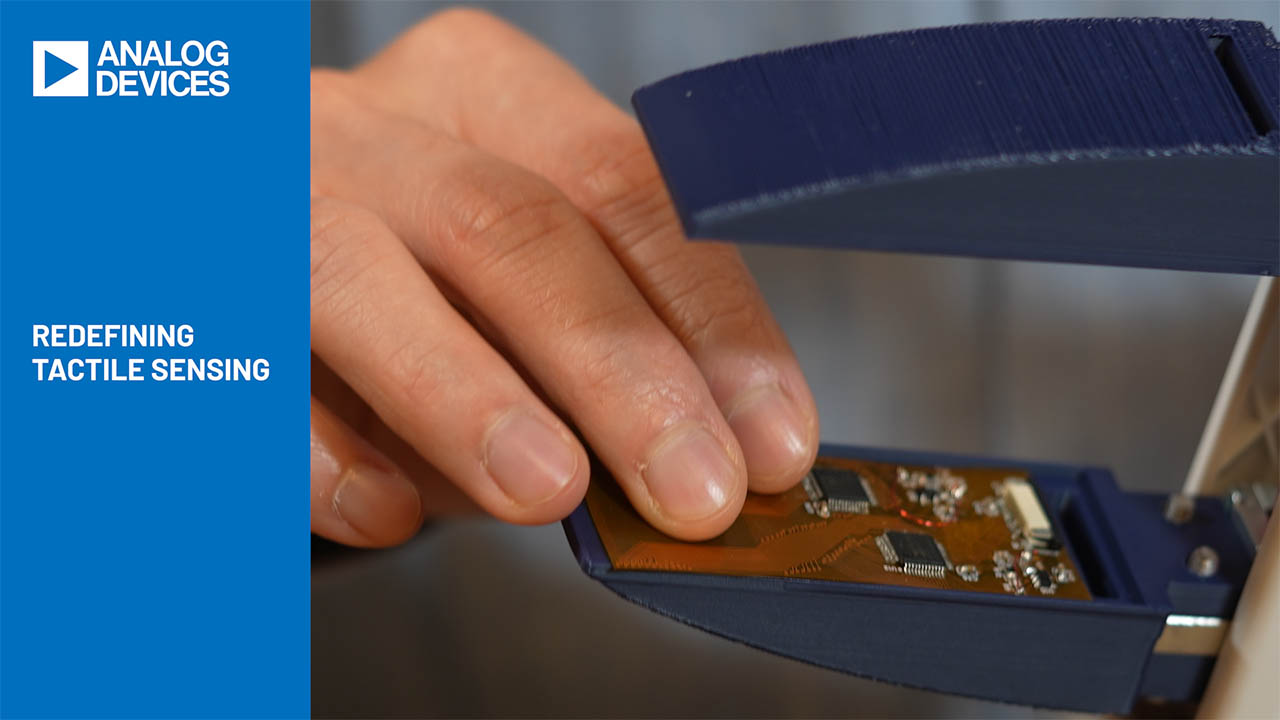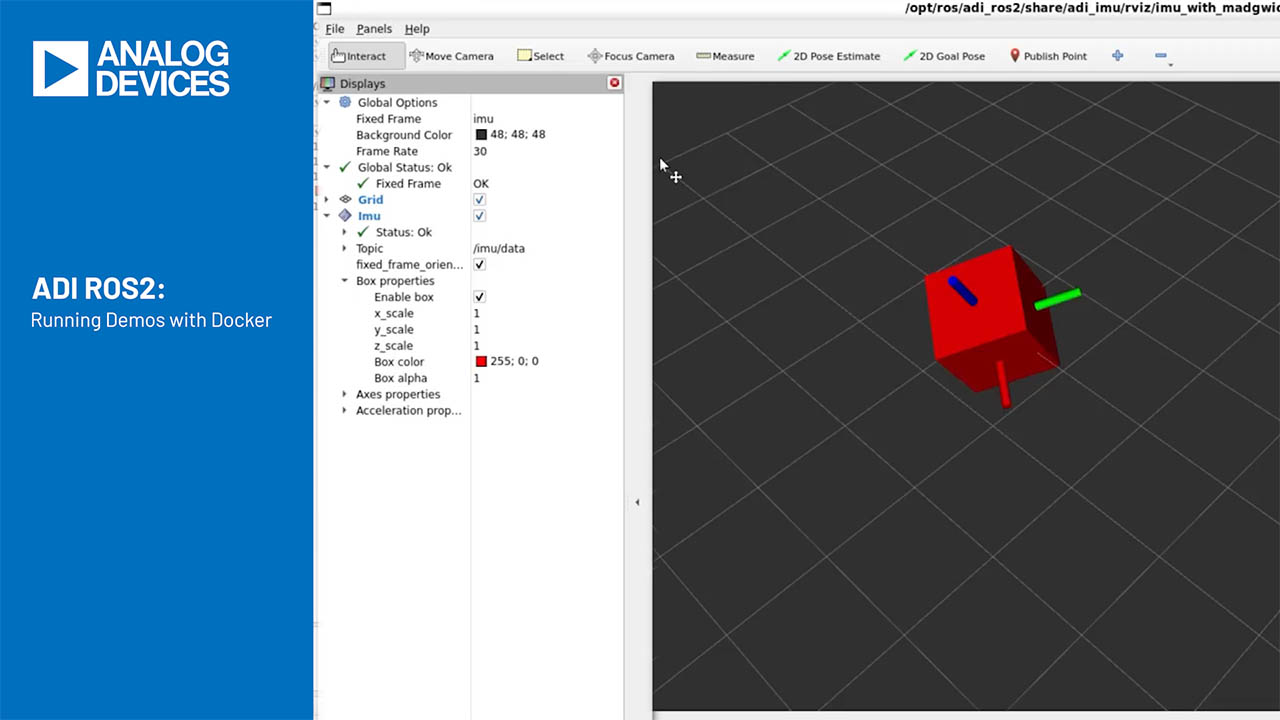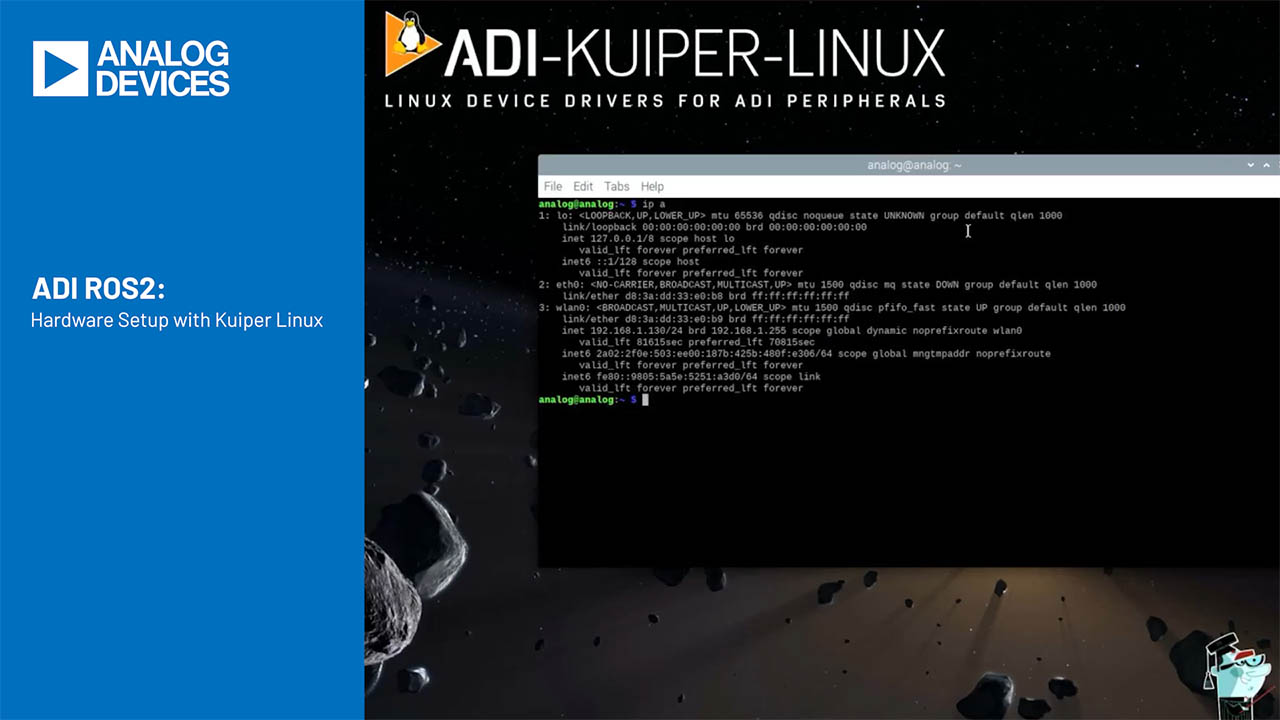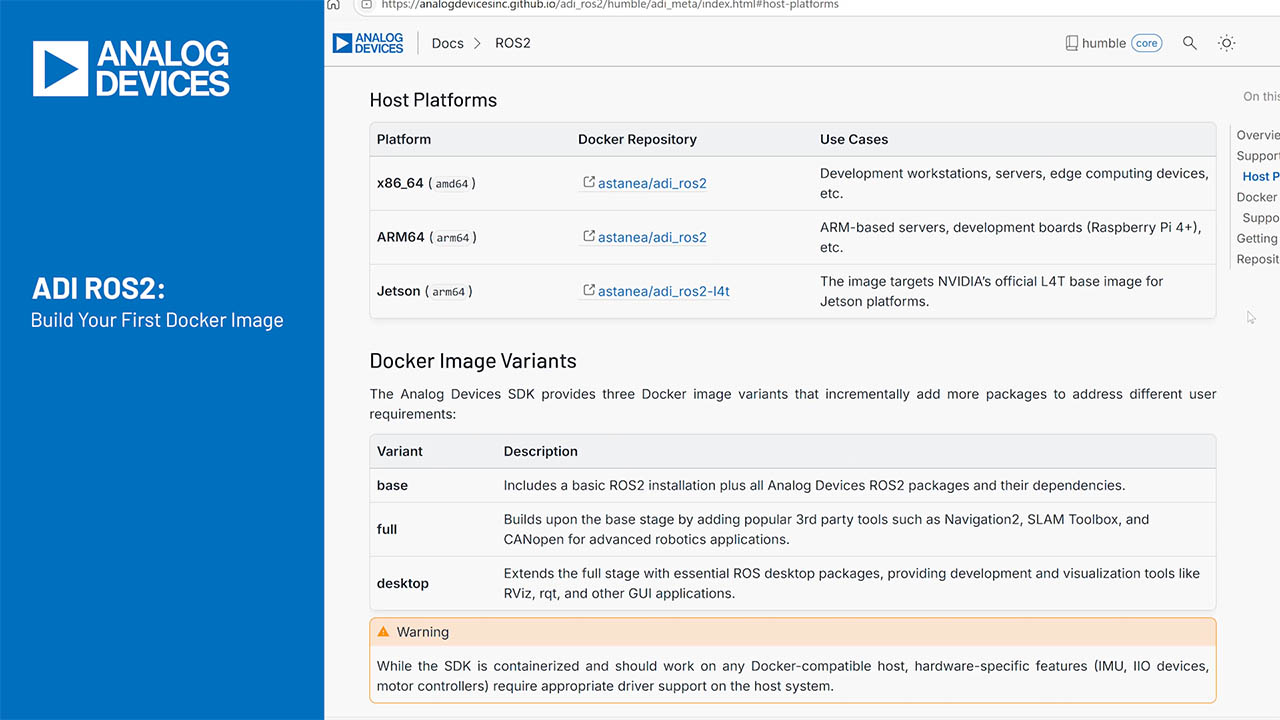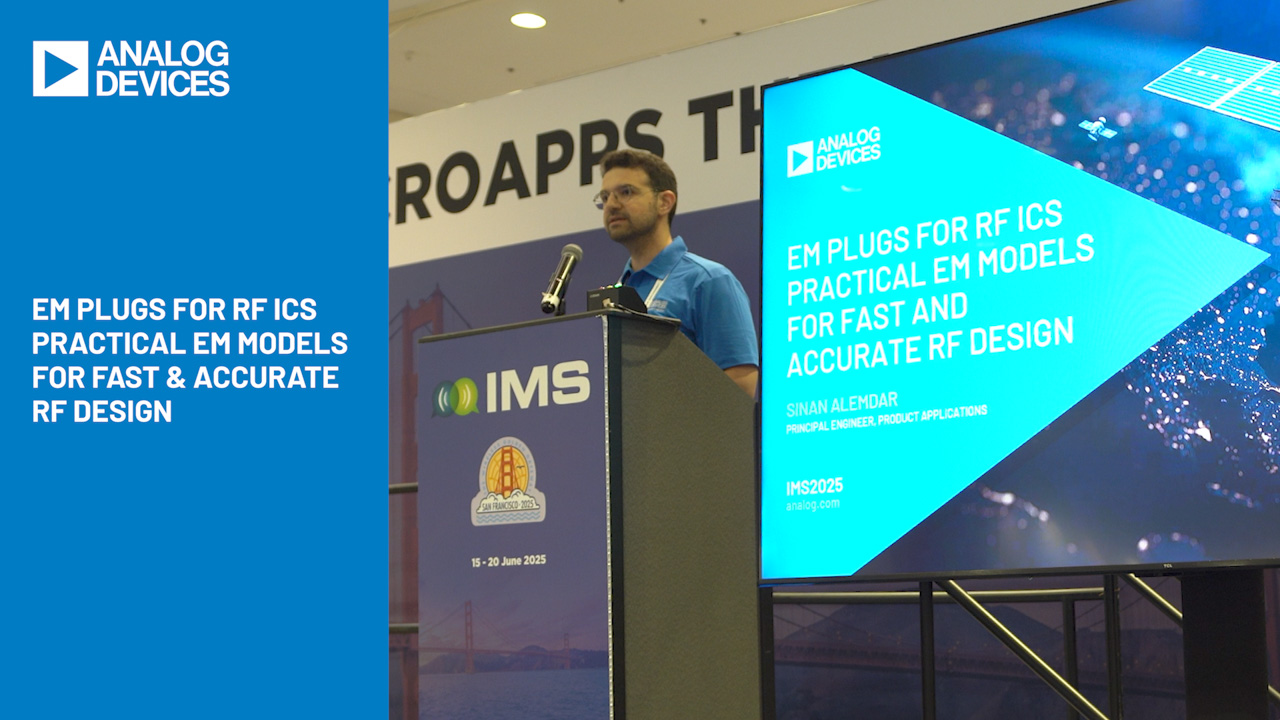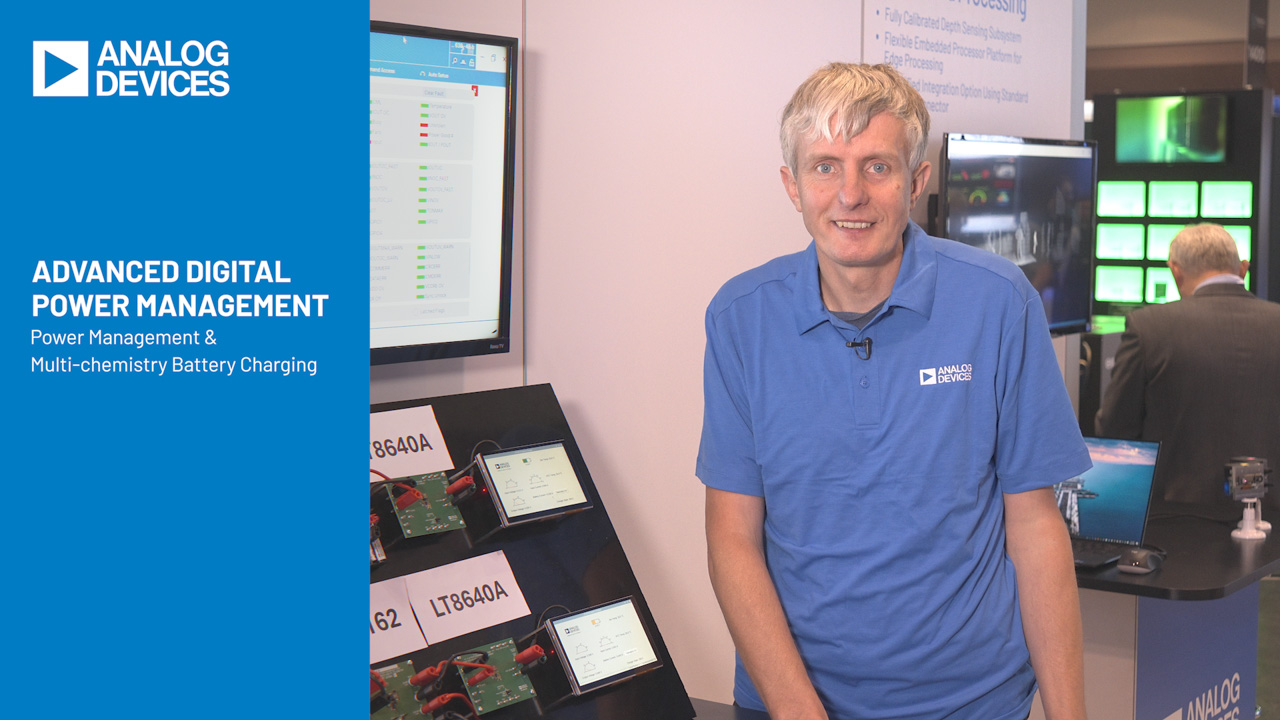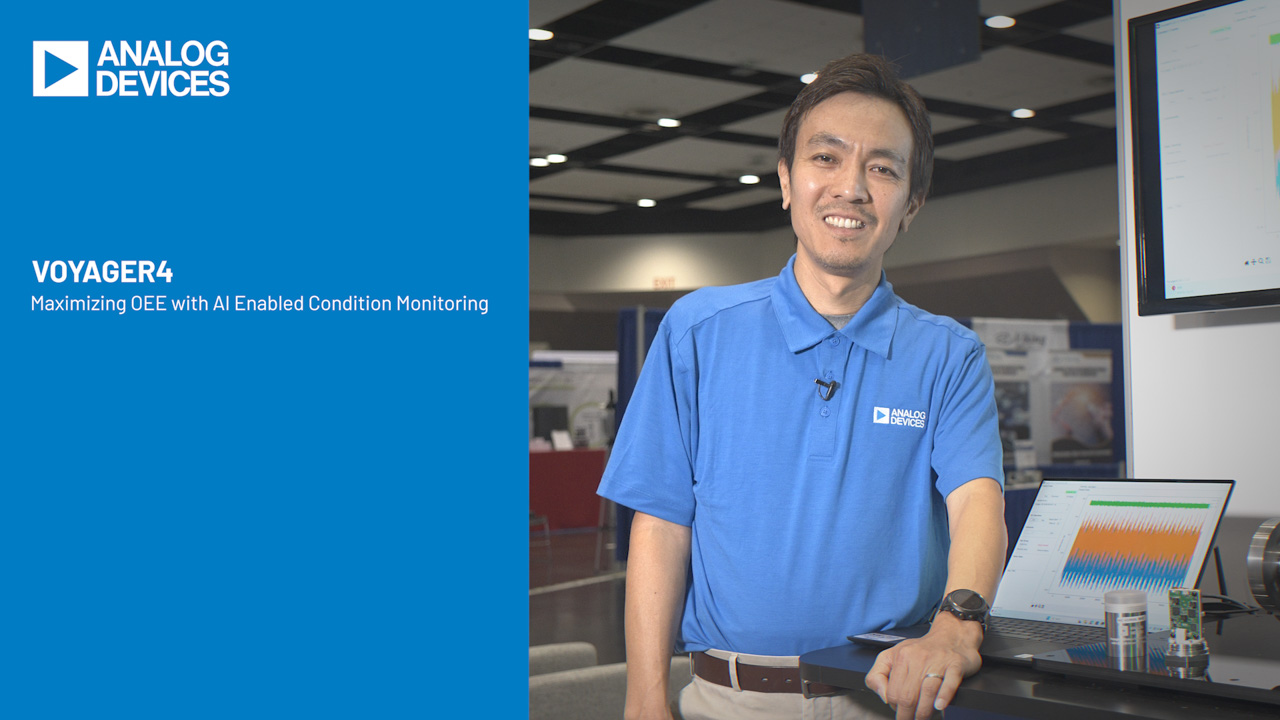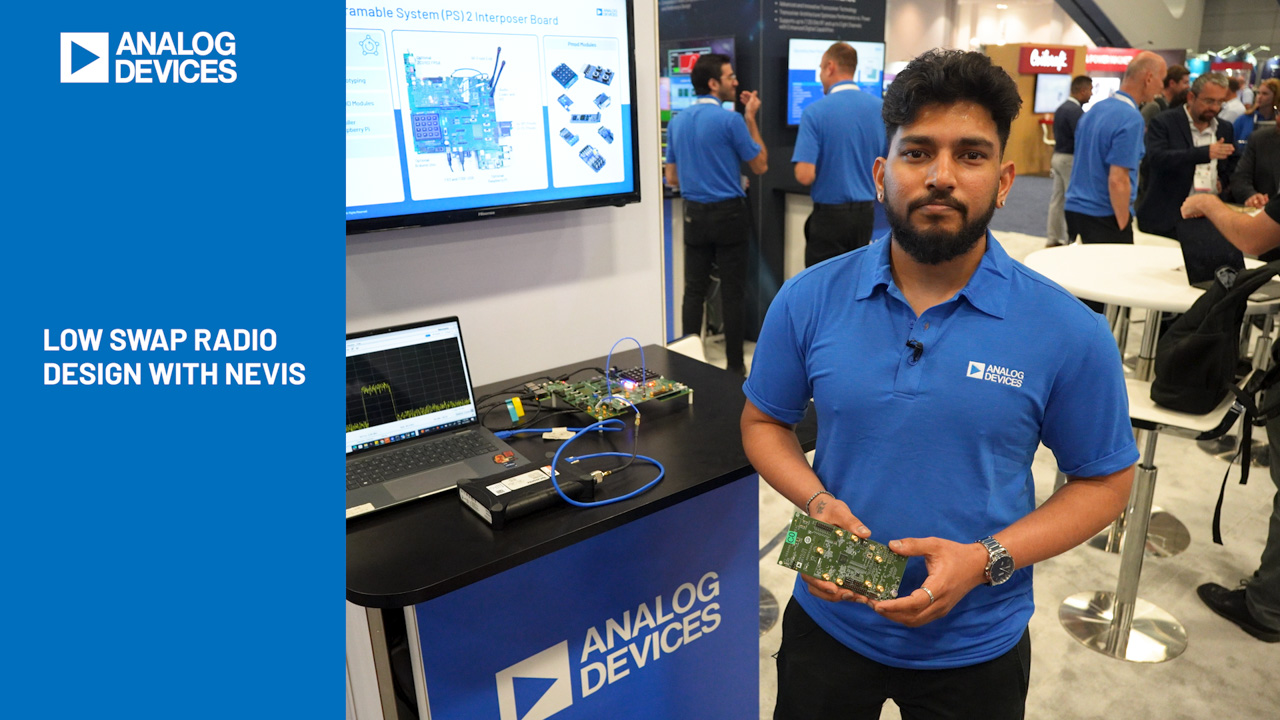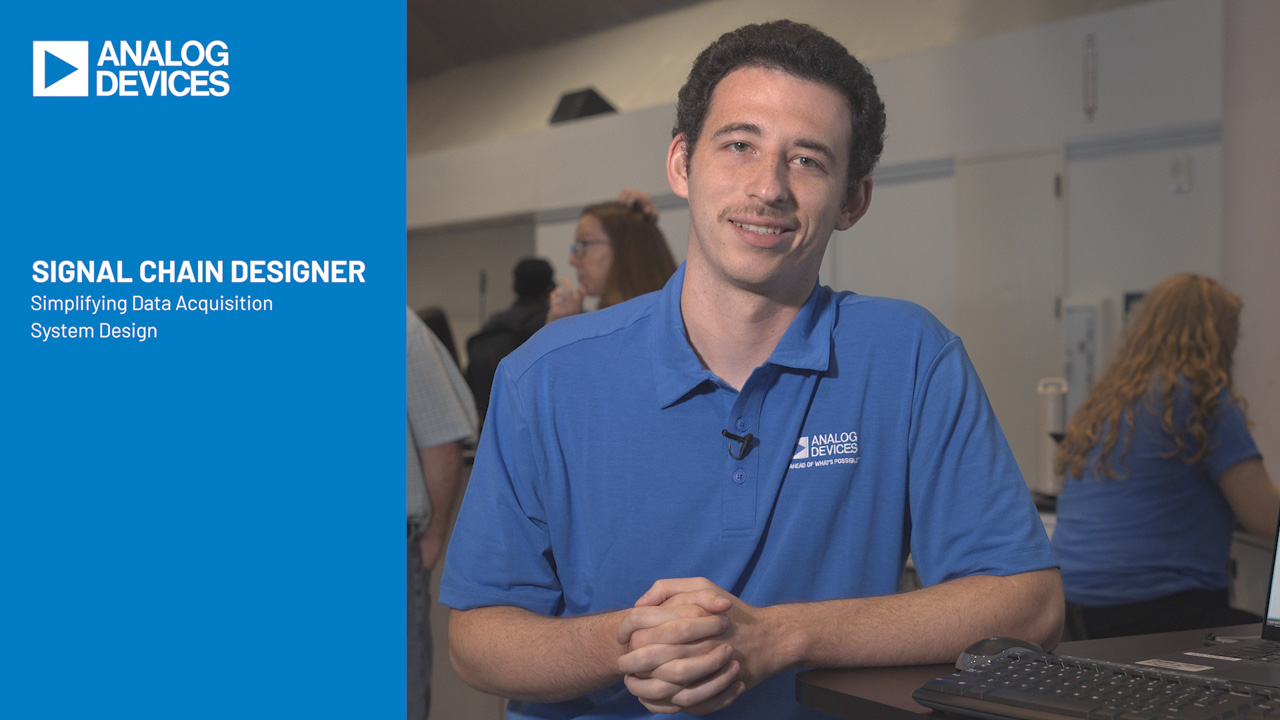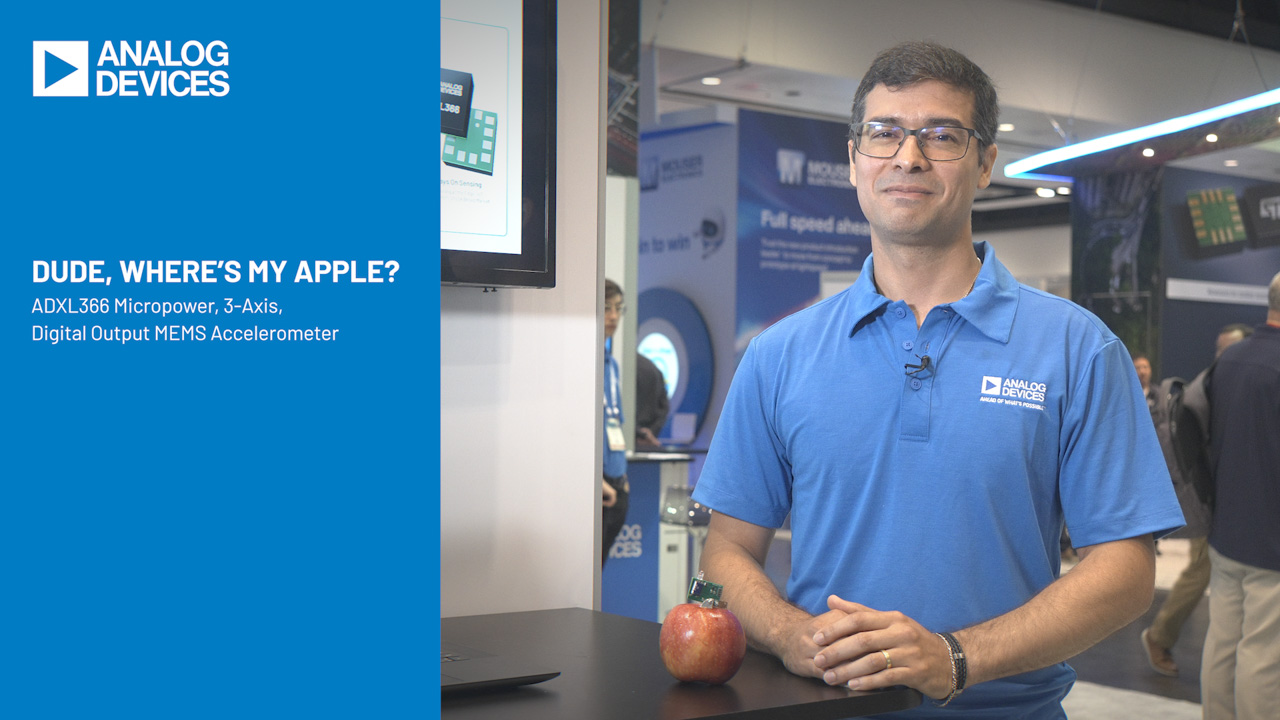Layered Isolation
Creating double insulation barriers with sequential optocouplers is problematic because the data integrity is poor, and there is no compact inexpensive way to provide power to the interface between the barriers. With the advent of high performance digital isolators like iCoupler,® and integrated power in isoPower® devices, creating high voltage isolation barriers by layering isolators is now a viable solution.
The recent rapid expansion of new battery and power generation industries has created demand for interfaces that have high working voltages and require reinforced insulation. For example, a solar inverter application could have the following requirements:
- Working voltage of 800 VDC
- Pollution degree of 2
- Overvoltage Category III
Under IEC 62109-1, for reinforced insulation, this would require:
- Impulse to withstand voltage of 6000 VPEAK
- Working voltage of 800 VDC
- Reinforced clearance of 8 mm
- Reinforced creepage of 16 mm
This creepage is not possible with the current packaging. However, if the barrier can be broken into a basic and supplemental barrier, then the requirement for each barrier is:
- Impulse withstand voltage of 6000 VPEAK
- Working voltage of 800 VDC
- Basic/supplemental clearance of 5.5 mm
- Basic/supplemental creepage of 8 mm
The basic/supplemental insulation creepage, clearance, and impulse voltage can be met with iCoupler devices in SOIC16W packages.
The following block diagram shows how an isoPower device and a standard high voltage iCoupler device can be cascaded to provide the required isolation. Care must be taken to determine the overall performance of the data channels. The propagation delay, pulse width distortion, and channel matching values will add between the two components. The maximum data rate will be limited by the slower of the two devices. isoPower devices provide the power to run the intermediate interfaces. At data rates up to 1 Mbps, the entire barrier will require about 20 mA of power at 5 V. At higher data rates, additional power will be required.

If power must be transferred across both barriers to power an isolated load, then two isoPower devices can be cascaded as shown below.

This configuration is compact, but the total power efficiency will be low. The graph below shows the efficiency of the power sections at the load. If data is being transferred at rates above 1 Mbps, then the data transfer will be using part of the available power, and the power consumed by each stage will have to be calculated in detail. The application, as shown above, draws about 40 mA from the primary side input to create the entire interface.

This method was described to solve a problem in a solar inverter application. Under different standards and applications, this method can be applied to achieve different goals, depending on the details of the particular system standard. There are many combinations of isoPower devices, digital isolators, and interface devices available to create isolated digital, I2C, and USB interfaces with and without power to the end load.



